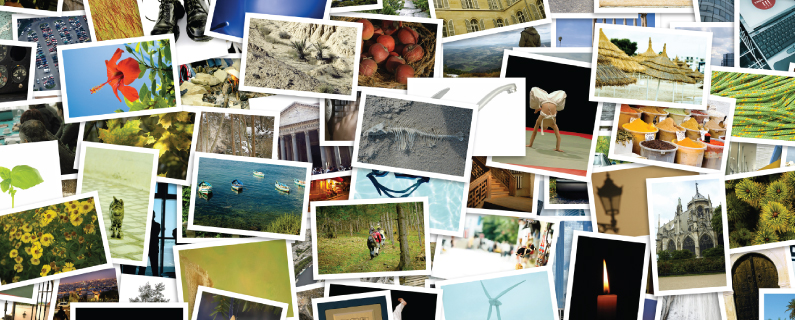Tweets with visual content have higher engagement.
I know groundbreaking stuff. Not to worry, this blog post isn’t about why visual content is more compelling, we’ve already covered that. Today I want to talk about the delicate balance between too much and too little when it comes to photos in your Twitter feed.
Like many things in social media, there is not an absolute or best answer. Searching for input I scanned comments on Twitter, read a series of blogs on this topic and checked out a conversation on Inbound.org which asked the question “Do you always put images in tweets?”
My research yielded opinions on both sides of this argument and a lot of comments which fell somewhere in between. In summary, the responses essentially fell into one of three categories: Sometimes, Always or Rarely. Read more on the specific reasons people gave behind their decisions then decide for yourself which social strategy makes the most sense for you.
Sometimes
- Balance: People in this category find that tweeting everything with an image disrupts the balance of the feed. I tend to fall into this category myself. Mix things up to keep the visual interest up.
- Conversation: It seems silly to put a photo with tweets when you’re having a conversation with someone (unless the content warrants it). Using photos the right way is a better strategy than using photos just because.
- Banner Blindness: Another great point brought up in this discussion was banner blindness, when does it become so much that people start to ignore content. If all tweets have images, will we become immune to them? Adding some text content or conversational tweets breaks up the feed to keep it fresh and interesting.
Always
It is no mystery that images drive a lot of engagement. Many people wrote about the statistics and numbers behind using photos to drive engagement.
- Cluttered: Twitter is loud. If you’re following a significant number of people, you’re more than likely not seeing every tweet they send. With that in mind, it’s safe to say that most people aren’t going to notice if you are or are not posting a photo with every tweet. Tweets with images do a better job of grabbing attention in the overall feed, which is what matters most.
- Engagement: At the end of the day, all you really want is for people to interact with you or head back to your website. Images result in 35% more retweets than text tweets, so if you want to get noticed, images are a great way to do that.
Rarely
- Brand Image: I was a little surprised to come across this answer, but a few people argued that images aren’t appropriate for their brand. The question in my mind with this answer is not whether or not they should be using images, it’s whether or not they should be on Twitter in the first place.
- Experience: For a lot of people, Twitter isn’t as easy or natural to use as platforms like Facebook or LinkedIn. A few of the responses cited a lack of experience with the platform as a reason for not including images. This is not uncommon. My advice, take some time and experiment with the platform.
Averaging these answers out, the overall opinion was that the right photo for your tweet depends on the content itself. Images do drive more engagement and are easier to digest, but using a photo for that reason alone is not compelling or important to your post. Photos are necessary in your Twitter feed, but relevant, fun and personal comments go a lot farther than using generic photos just because.
Blending tweets with images with text only creates variety in your Twitter feed and attracts attention on both sides. Look at the Roundpeg Twitter feed and you will see how we balance photos from interesting articles with photos around the office or at networking events. Want to read the original discussion on Inbound.org? Find it here and contribute your thoughts!
Ready to kick off your social media strategy? Download our Free Social Media Starter Kit.
Roundpeg is an Indianapolis content marketing firm.

